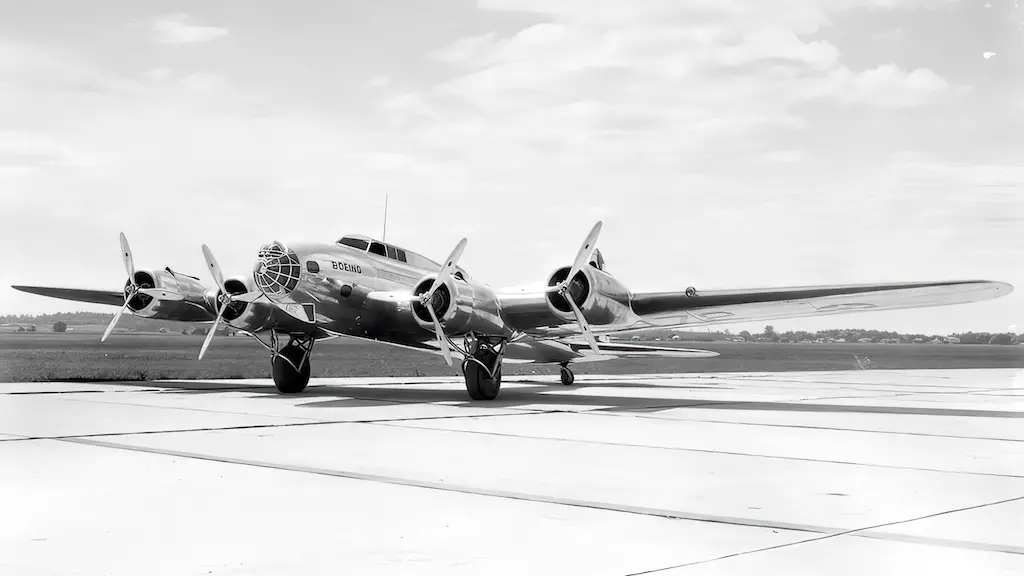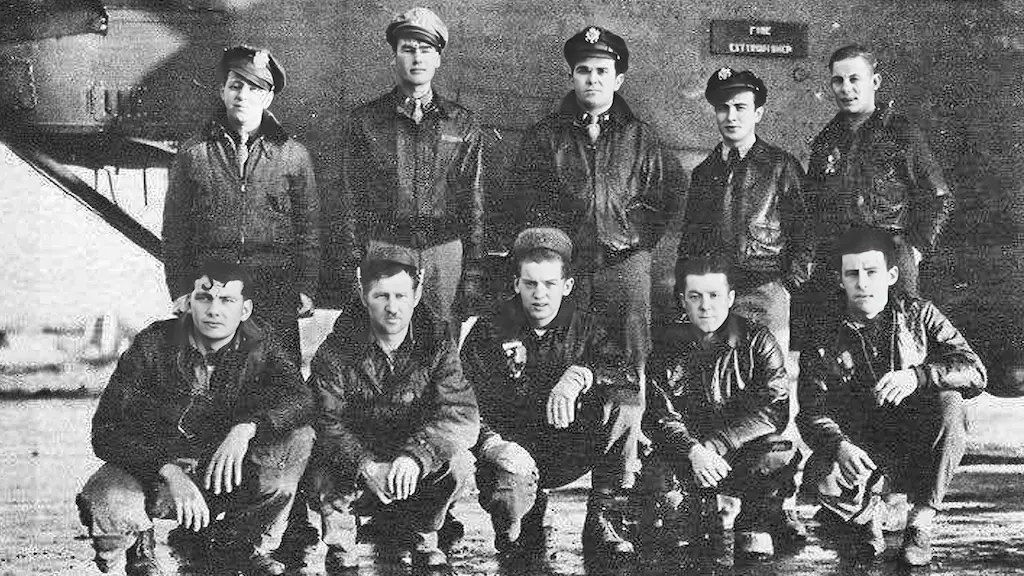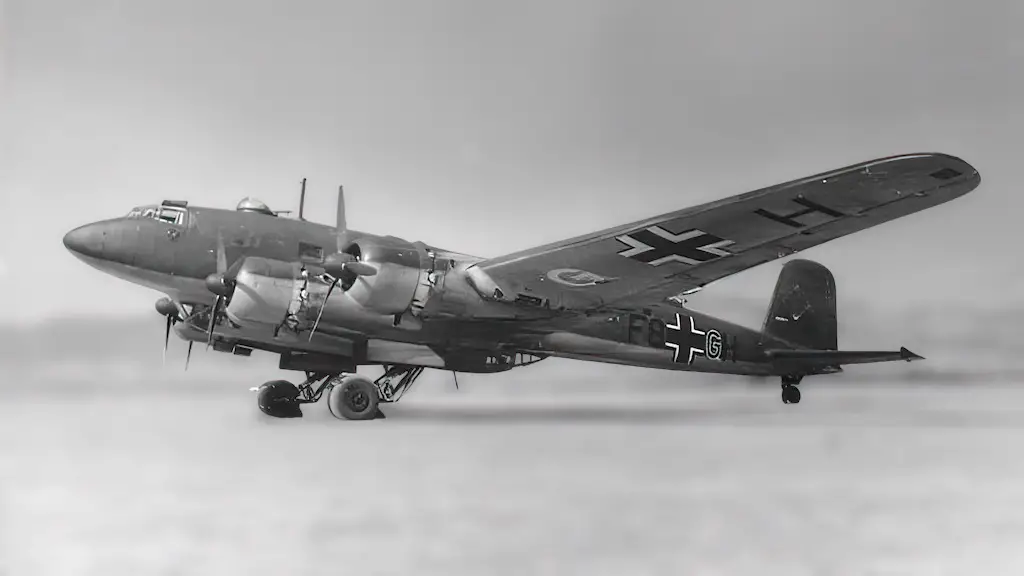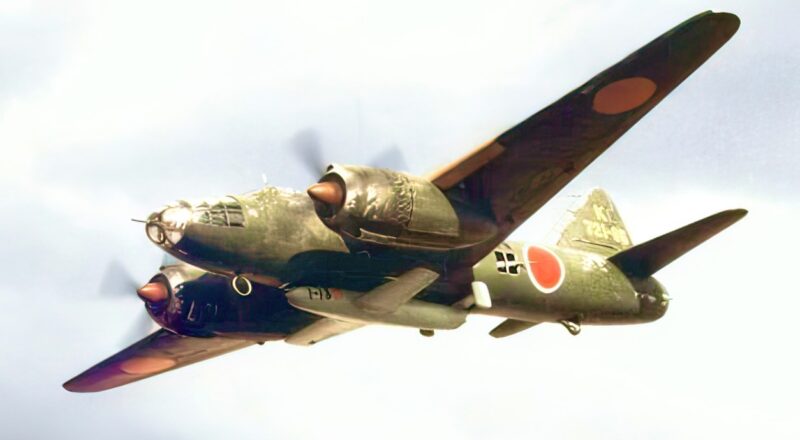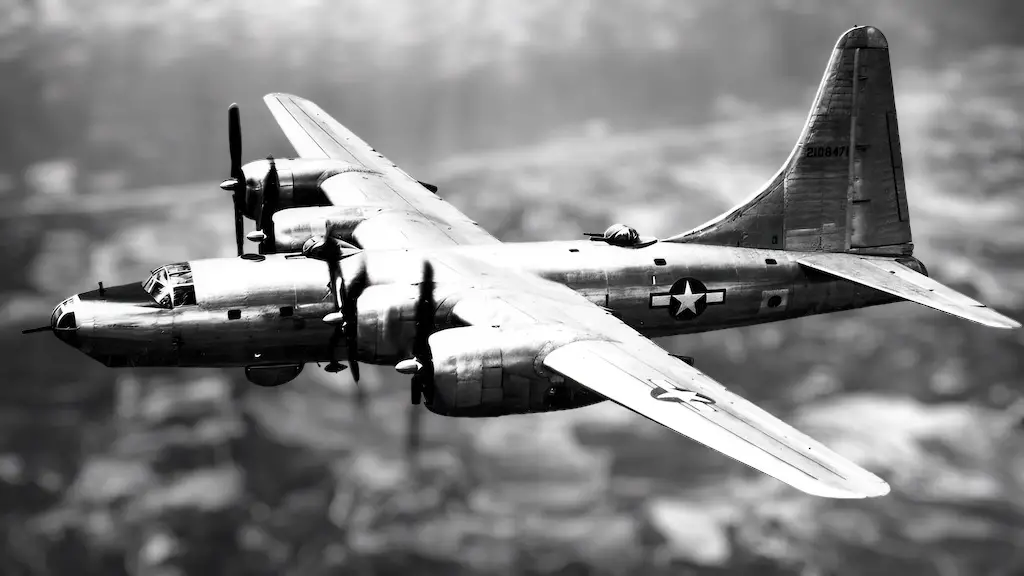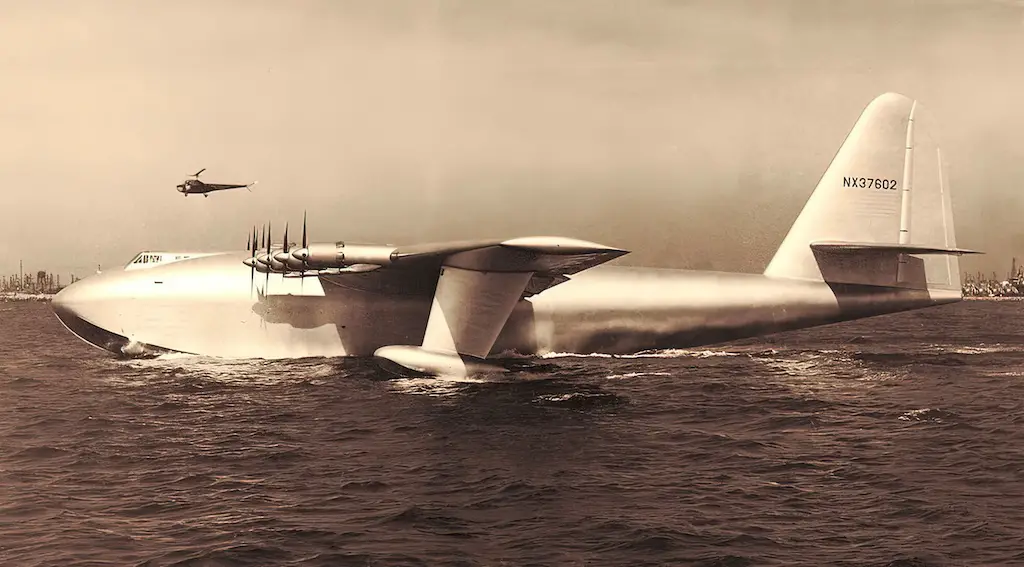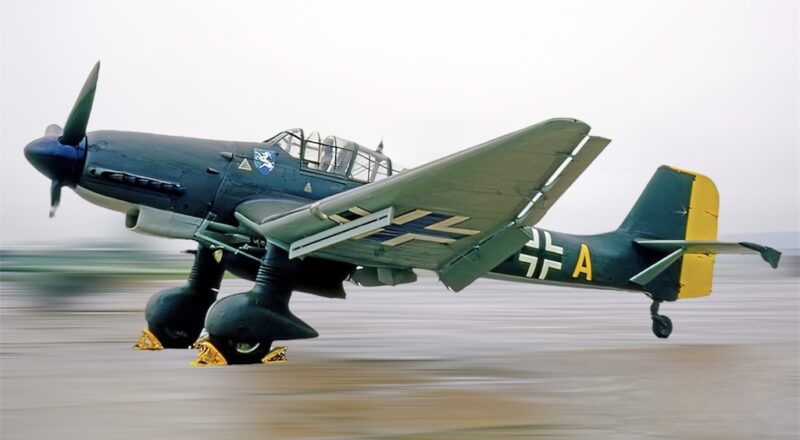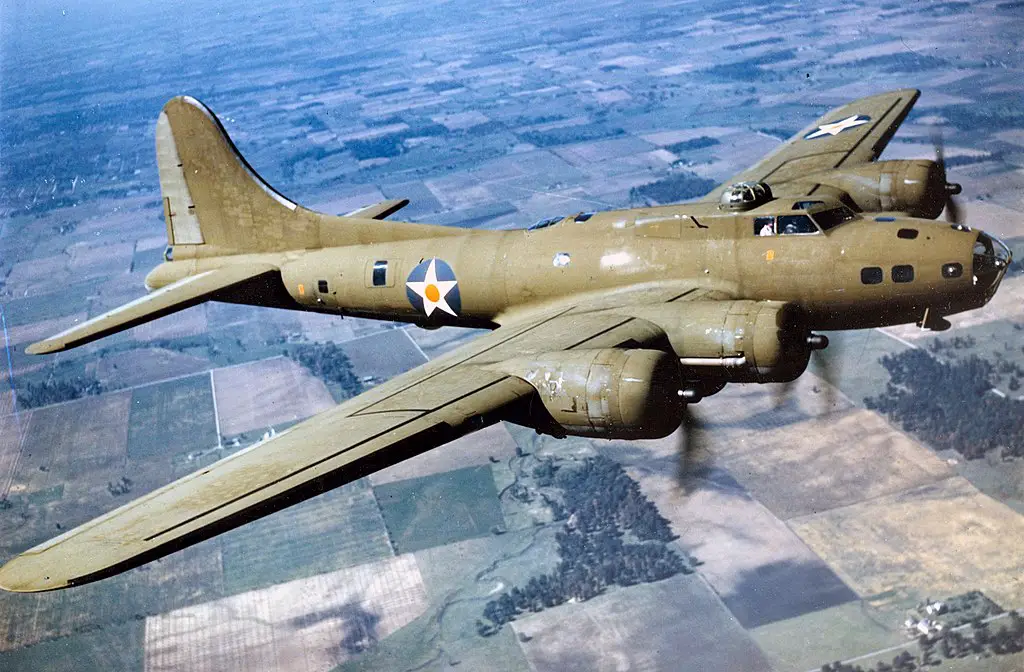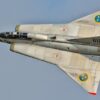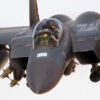On October 30, 1935, the Boeing XB-17, a prototype heavy bomber developed for the USAAC in the mid-1930s, crashed during a demonstration flight at Wright Field in Dayton, Ohio. The incident highlighted concerns about aviation safety and pilot training but ultimately improved many aspects of the iconic B-17 Flying Fortress, which was instrumental to the Allied victory in World War II.
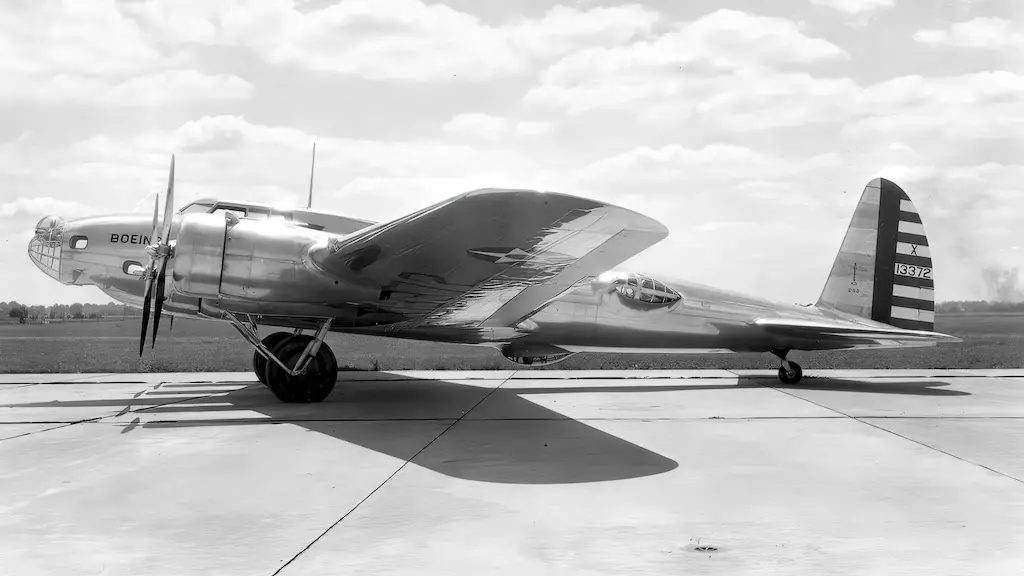
Pilot Error
Onboard the XB-17 were four crew members, including Pilot Major Ployer P. Hill, Co-pilot Captain Donald L. Putt, Navigator Captain Ross Greening, and Flight Engineer Sergeant Ed Klock. The plane was packed with fuel and equipment and scheduled to showcase its range and abilities by flying for several hours.
Unfortunately, during takeoff, the aircraft failed to climb to the required height and plummeted. The crash was devastating and caused a fatal inferno, taking the lives of all four crew members instantaneously. Upon investigation, the pilot was determined to be at fault for the accident.
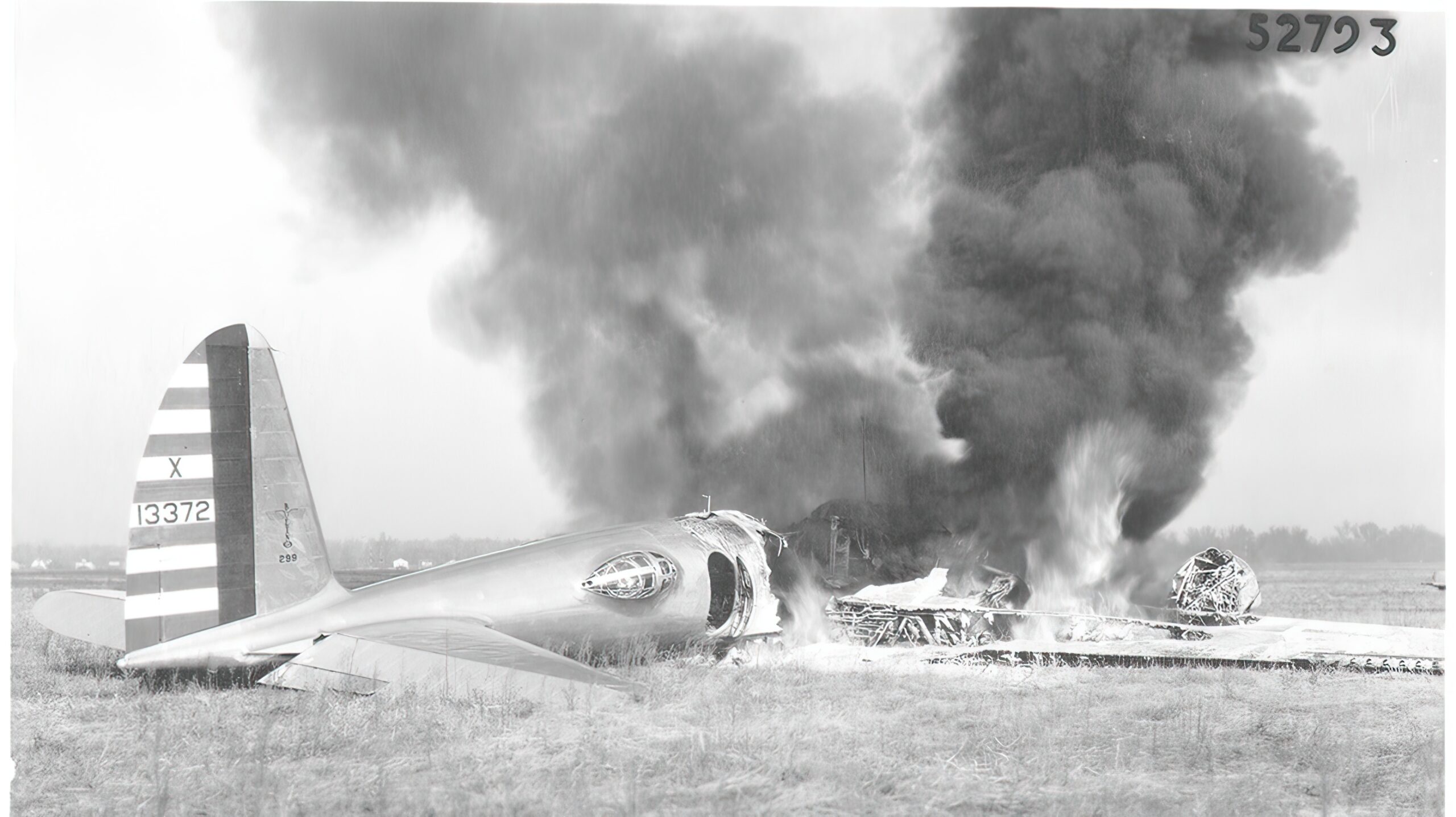
Boeing’s Struggle to Overcome Reputation Damage
The incident dealt a huge blow to Boeing, who had heavily invested in the XB-17’s development. The aircraft had to fulfill specific requirements for being a long-range, high-payload bomber, and the company invested a great deal of effort to make it their best. The XB-17 boasted four powerful engines and modern navigation systems in a spacious cabin.
Criticisms singled out the company’s speed and power emphasis at the expense of safety and pilot training deficiencies. The incident also raised questions about military aircraft safety and testing and evaluation protocols. Despite the setback, Boeing persevered in enhancing the XB-17’s design. Over several years, the aircraft underwent a series of improvements, like more powerful engines, higher fuel capacity, and better armor and armament.
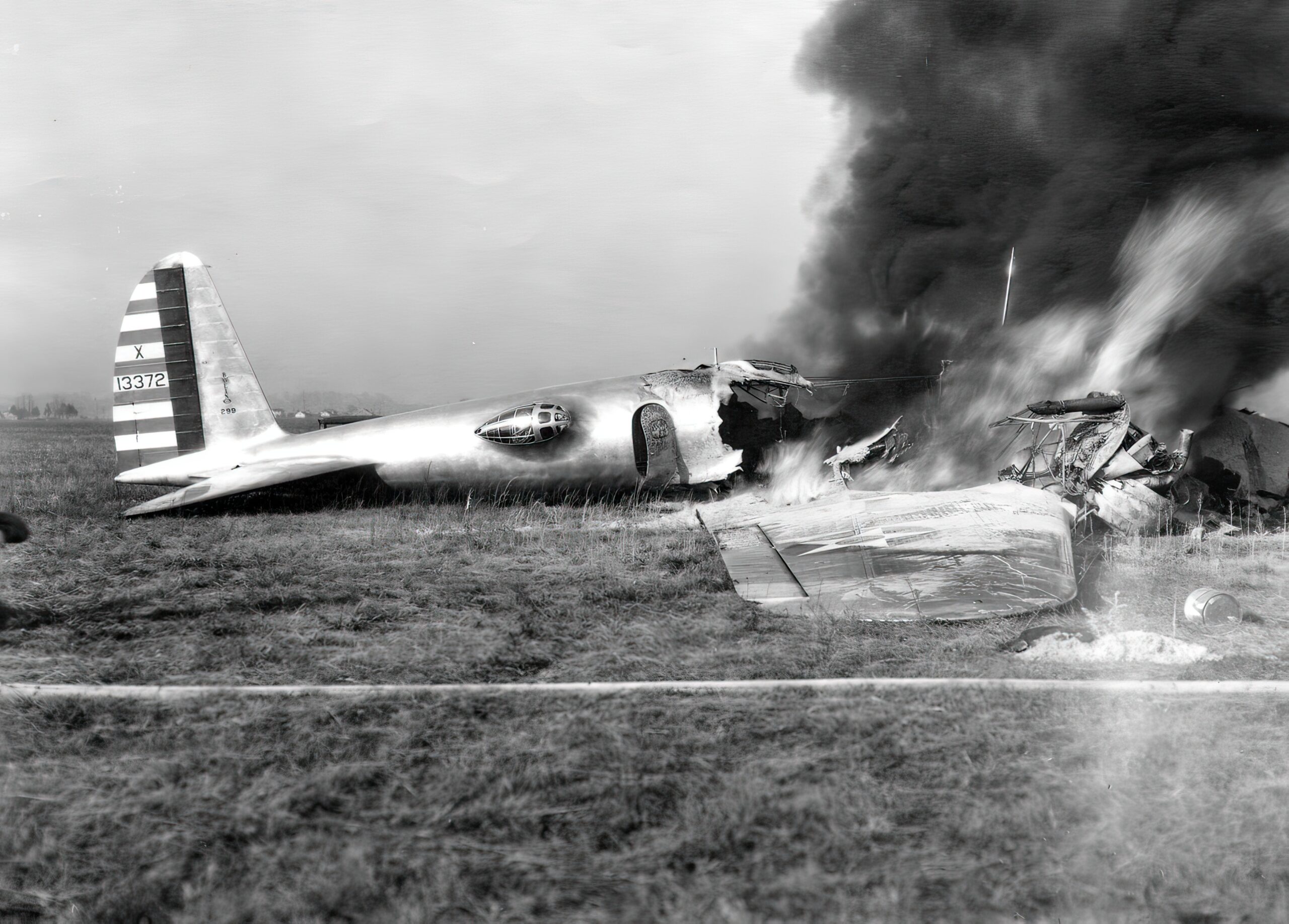
The Success of the B-17 Flying Fortress
Even with initial challenges, Boeing persisted with the development of the XB-17, consistently refining its design with multiple upgrades such as potent engines, larger fuel tanks, and superior protection and weaponry. As a result, the XB-17 turned into the legendary B-17 Flying Fortress, a highly effective bomber widely utilized in World War II. The B-17 proved instrumental in successful bombing campaigns across Europe and the Pacific, ultimately contributing significantly to the Allies’ triumph.
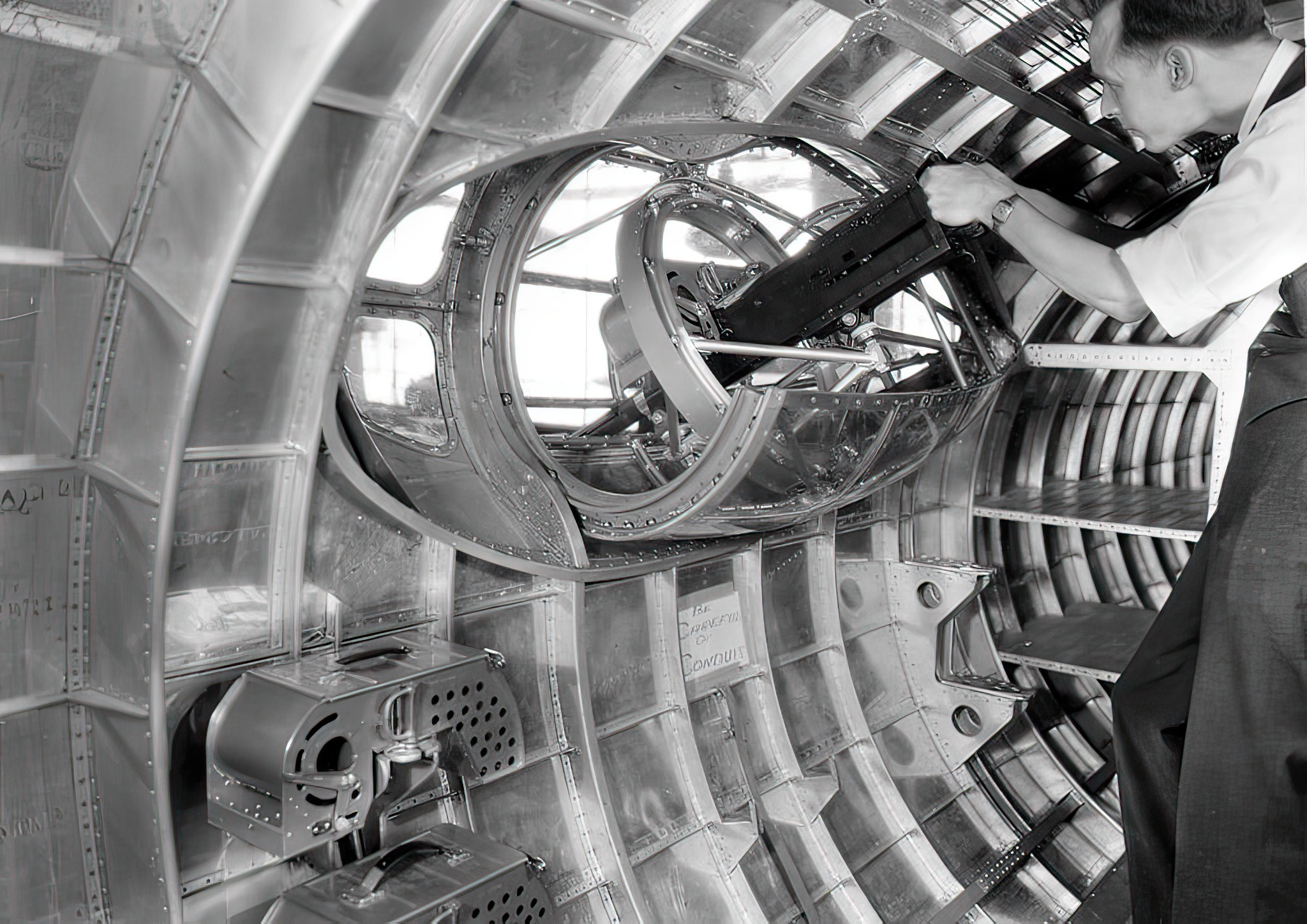
Lesson learned
The B-17’s triumph is partly attributed to the XB-17 accident when Boeing and the USAAC acknowledged the necessity of a better pilot education program and safer airplanes. Positive strides were taken to tackle these issues, including advancements in the B-17’s systems, engines, and instruments and more extensive pilot training. The XB-17 affair underscored the significance of meticulous testing and appraisal mechanisms for military equipment. The USAAC created new guidelines and protocols to guarantee careful evaluations of planes and mitigate accidents.
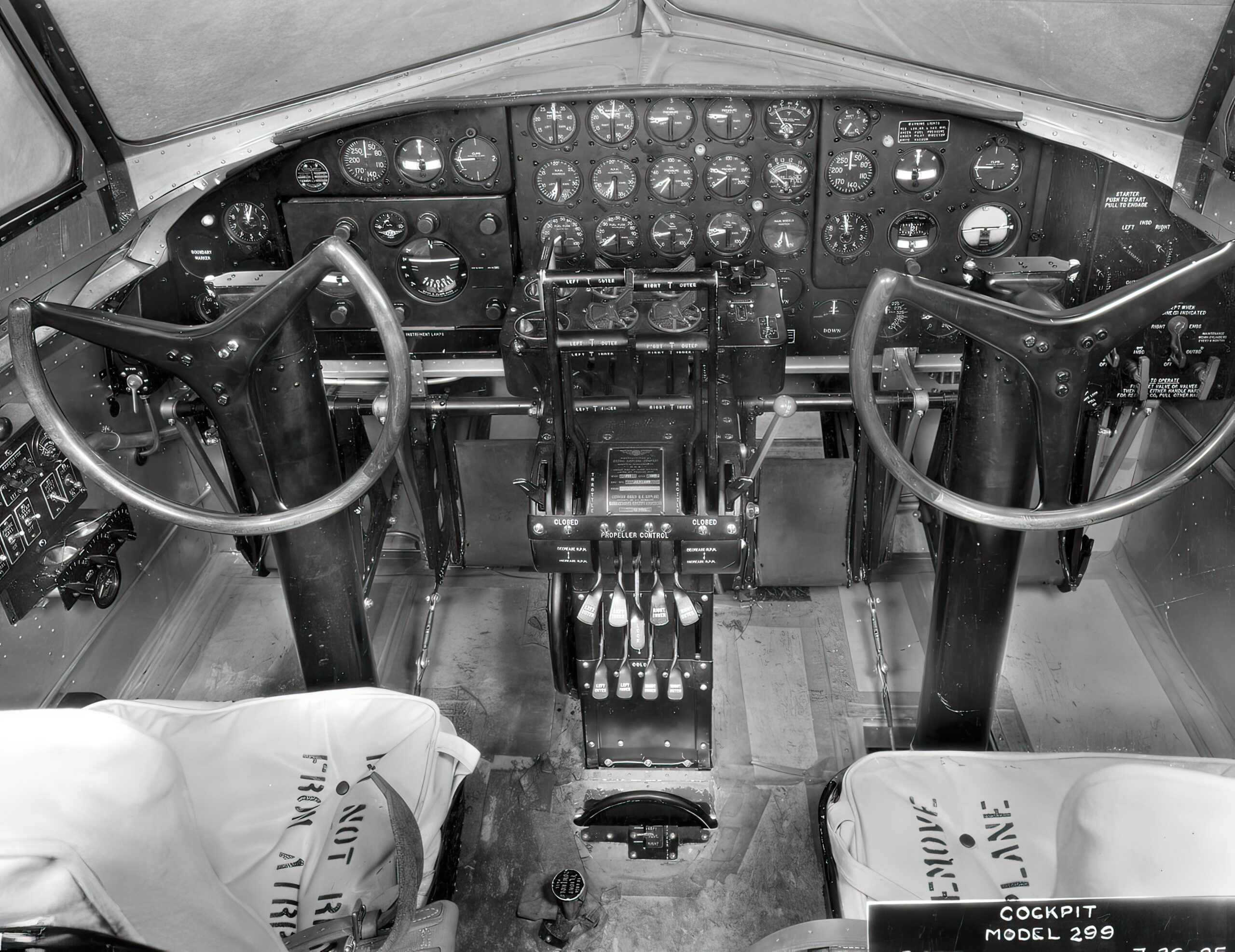
Ultimately, the XB-17 calamity was a tragic wake-up call reminding us of the dangers of flying, and the importance of advancing safety and reliability measures. These lessons shaped the development of the B-17 and other military planes and are still useful to modern-day aviation safety regulations.

